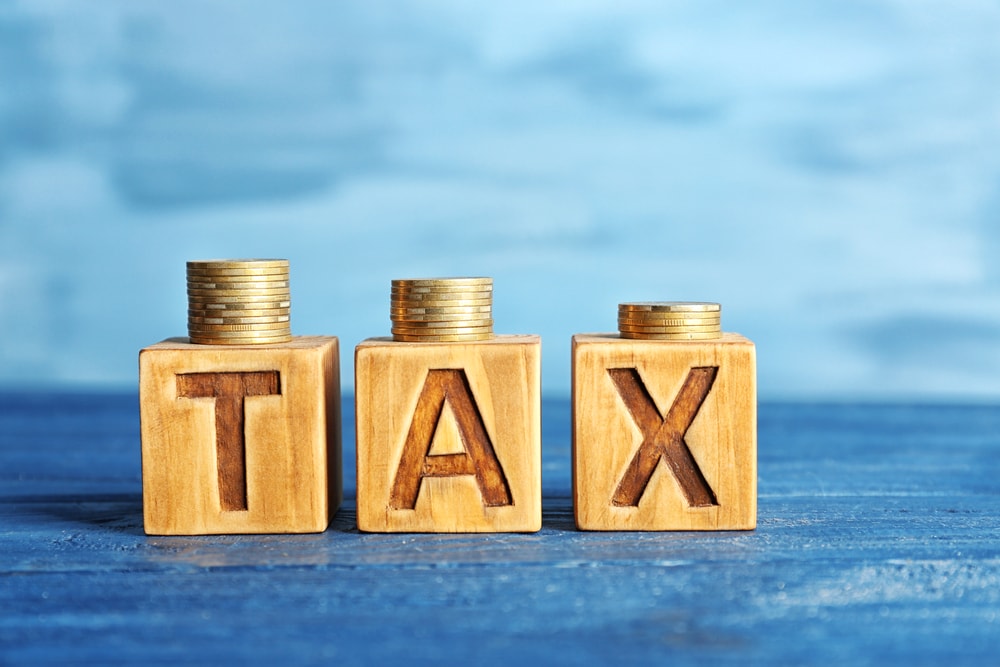The Office for Budget Responsibility (OBR) has reduced its forecast on the government’s capital gains tax (CGT) take between 2024/25 and 2029/30 by £23bn.
In its October 2024 forecast, the OBR estimated CGT receipts would total £144.2bn between this financial year and the end of the decade.
However, in its latest March 2025 forecast, the OBR reduced its estimation down to £121.2bn during the same period.
In the October Budget, the government raised CGT rates and revealed the rate for Business Asset Disposal Relief will rise in 2025 and 2026.
The OBR estimated that CGT receipts would total £13.3bn in 2024/25, 8.5 per cent lower than in 2023/24.
“A rush to cash in gains before the October Budget means receipts will jump in the 2025/26 tax year as that tax is due by 31 January 2026,” commented AJ Bell senior pensions and savings expert, Charlene Young.
“Rising equity prices are expected to contribute to a revenue boost towards the end of this parliament, but figures for 2029/30 also see the largest downward revision of £5.5bn, showing just how finely balanced these projections are, and the butterfly effect of changes along the way.”
AJ Bell stated that the revised CGT forecast indicated that the government had underestimated the behavioural impact of tax increases in the October Budget.
“The OBR figures are just forecasts and real events are of course yet to play out,” Young continued.
“But the revisions likely reveal the unpredictable behavioural changes that can emerge when taxes change.
“The Laffer Curve illustrates the relationship between rates of tax and the amount of revenue the government would receive. It suggests that increasing tax above a certain ‘sweet spot’ alters taxpayer behaviour to the extent that the revenue would go down.
“The theory was one of the reasons the rumoured equalisation of income tax and capital gains tax rates didn’t materialise in October. The government’s own figures showed that raising both the lower and higher CGT rates by 10 percentage points would have meant a total loss of £2.05bn for the Exchequer by 2027/28.
“Government instead aimed to hit the sweet spot with a smaller 4 percentage point rise in the top rate of CGT. But there are indications that the government has grossly underestimated how behaviours would have been impacted by the tax rises and cuts to relief for entrepreneurs announced in October 2024, and may receive less than expected.
“Higher rates of CGT might deter people from investing in growth assets in the first place, potentially depriving them of higher long-term returns, while at the same time undermining demand for the UK stock market. All of which form the foundation of the government’s stated objectives.
“Likewise, we’ve seen that people will realise gains before an expected tax hike in order to avoid paying higher rates of tax. It’s equally possible some taxpayers will simply decide to sit on assets for longer, hoping to wait out today’s higher tax rates and realise gains on assets under a more accommodating tax environment in the future.”
Latest News
-
FCA approves LSE as first PISCES platform operator
-
Carlyle to acquire Intelliflo from Invesco for up to $200m
-
UK seeing ‘far greater’ exodus of wealth than it is attracting
-
Over a third of advisers targeting growth from existing clients
-
US applications for UK citizenship rising; ‘significant imbalance’ remains
-
Wealth managers being selected for performance and dropped for high fees
© 2019 Perspective Publishing Privacy & Cookies










Recent Stories